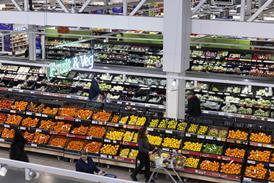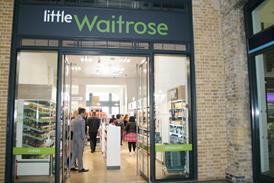The baby market - which is defined as households with babies and children under the age of four years old - is worth £916.6m, according to the latest data available [year to November 2006]. But growth has been static.
More than 70% of sales are drawn from the nappies, toiletries and baby milk markets, which have all declined in the latest year as own-label sales have grown at the expense of branded.
The nappies sector alone accounts for more than a third of total sales in the baby market and yet this is in decline - down by 1.8%.
Healthcare and baby finger food are emerging sectors of the baby market, currently jointly contributing nearly 7% of sales towards the total market. Both these sectors recorded growth of 17.8%.
The healthcare category growth is driven by oral analgesics, which have grown by 29% and are worth £20m annually. Baby finger food is being driven by biscuits, which account for 53% of category sales by value (£11m) and have grown by 25%.
Other areas of the market that have recorded growth over the past year are babyfood and baby drinks, both of which increased in value by 4.1%. This is despite the growing threat of own-label offers, albeit from a smaller base, which is threatening the branded market for infant care.
The two retailers dominating the baby market are Tesco and Boots - between them they account for approximately half the market by value. Tesco and Asda are the only grocery chains to over-trade in this category, benefiting by attracting larger families and having larger stores to offer a wide range of baby goods in all sectors of the market.
The baby market brands league table is headed by the nappy brands of Pampers (Procter & Gamble) and Huggies ( Kimberly-Clark), which have maintained their positions in the latest year.
The well-established baby market is not without innovation and witnessed the launch of more than 500 products last year. These new lines represented 6% of total product sales.
Tracy Klass, TNS Worldpanel











No comments yet